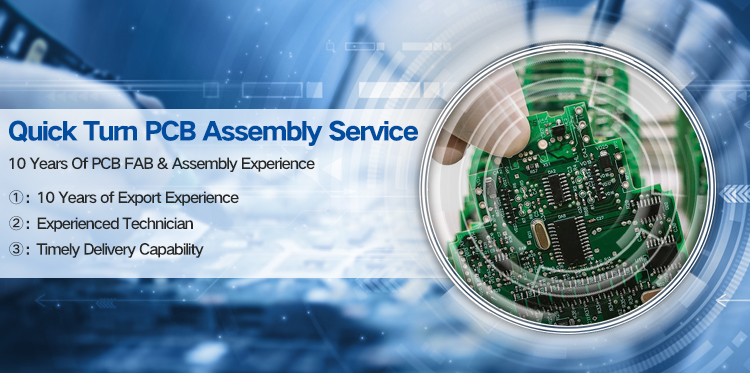The field of electronics manufacturing is constantly evolving, with new advancements and technologies emerging. In this blog, we will explore the implementation process of electronic devices, focusing specifically on two important components: PCB manufacturing and complete PCB assembly. By combining these two keywords, we aim to illustrate the importance of integrated approaches in simplifying the manufacturing process.
Printed circuit boards (PCBs) are the basis of most electronic devices. PCB manufacturing involves the fabrication of these complex circuit boards, which include multiple layers, traces, pads, and components that make electronic systems run smoothly. Quality and precision in PCB manufacturing provide the foundation for successful product development. Advanced manufacturing technologies such as Surface Mount Technology (SMT) play a vital role in minimizing physical labor, reducing errors and ensuring consistent quality.
Complete PCB machine assembly.
While PCB manufacturing focuses on complex circuits, complete PCB assembly takes the process a step further by fully integrating the PCB into a fully functional device. It involves integrating PCBs with other important components such as connectors, cables, switches, displays, and housings to transform various electronic parts into finished products. The entire machine assembly phase requires meticulous attention to detail to ensure the durability, reliability and overall performance of the equipment.
Benefits of combining PCB manufacturing with complete PCB assembly.
By integrating PCB manufacturing and complete PCB assembly in one place, manufacturers can gain multiple benefits. Let’s dive into three fundamental advantages.
1. Time efficiency. Seamless integration of both processes eliminates the need to move components between facilities. This significantly reduces lead times, resulting in faster product launches and providing a competitive advantage in a rapidly changing market.
2. Cost savings. Integration enables manufacturers to optimize their resources, resulting in cost savings. By eliminating the need for transportation between different manufacturing stages, logistics costs and potential risks associated with component damage can be reduced. Furthermore, the integrated approach ensures efficient production planning and reduces overall production costs.
3. Enhance quality control. Combining these two processes allows for closer collaboration between PCB manufacturers and assembly teams. This ensures seamless communication, facilitating early identification and resolution of any design or assembly-related issues. In addition, integrated quality control ensures consistency, accuracy and reliability throughout the manufacturing process.
The integration of PCB manufacturing and complete PCB assembly is an important step in streamlining the electronics manufacturing process. By eliminating unnecessary handoffs and ensuring coordinated collaboration, this approach increases time efficiency, reduces costs and improves overall quality control. In an industry driven by innovation and efficiency, adopting such integrated practices is imperative for manufacturers seeking to remain competitive and deliver high-quality electronic products.
Post time: Oct-24-2023


